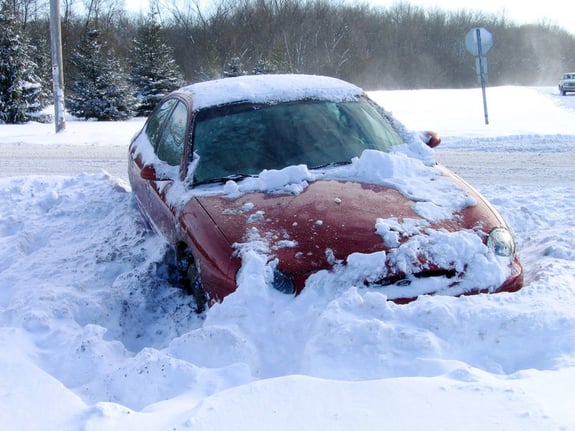I know that we don’t want to even think about winter yet, but winter is coming. There are actions you can and should take to make sure your car is ready to handle the dropping temperatures that come with winter.
Here are 9 steps that you can get done to prepare your car, along with some tips to prepare for any emergencies that may happen. These recommendations come from the Car Care Council.
- Have the battery and charging system checked for optimum performance. Cold weather is hard on batteries.
- Clean, flush and put new antifreeze in the cooling system. As a general rule of thumb, this should be done every two years.
- Make sure heaters, defrosters and wipers work properly. Consider winter wiper blades and use cold weather washer fluid. As a general rule, wiper blades should be replaced every six months.
- Check the tire tread depth and tire pressure. If snow and ice are a problem in your area, consider special tires designed to grip slick roads. During winter, tire pressure should be checked weekly. Make sure to check the pressure of your spare tire once in a while too.
- Be diligent about changing the oil and filter at recommended intervals. Dirty oil can spell trouble in winter. Consider changing to “winter weight” oil if you live in a cold climate. Have your technician check the fuel, air and transmission filters at the same time.
- If you’re due for a tune-up, have it done before winter sets in. Winter magnifies existing problems such as pings, hard starts, sluggish performance or rough idling. Have the brakes checked. The braking system is the vehicle’s most important safety item.
- Have the exhaust system checked for carbon monoxide leaks, which can be especially dangerous during cold weather driving when windows are closed.
- Check to see that exterior and interior lights work and headlights are properly aimed.
- It’s a good idea through the winter to keep your gas tank at least half full to decrease the chances of your gas lines possibly freezing.
- You should keep an emergency kit in your car with an ice scraper, jumper cables, flashlight, blanket, extra clothes, matches, dry food snacks and a first aid kit. I like to keep some disposal glove and boot warmers that you can break out if you need to. I keep cheap cat litter in my trunk so when I get stuck I can spread it either in front of or behind my wheels (depending on whether I’m trying to go forward or reverse) that gives them some traction.
I want you all to stay safe this winter.


COMMENTS